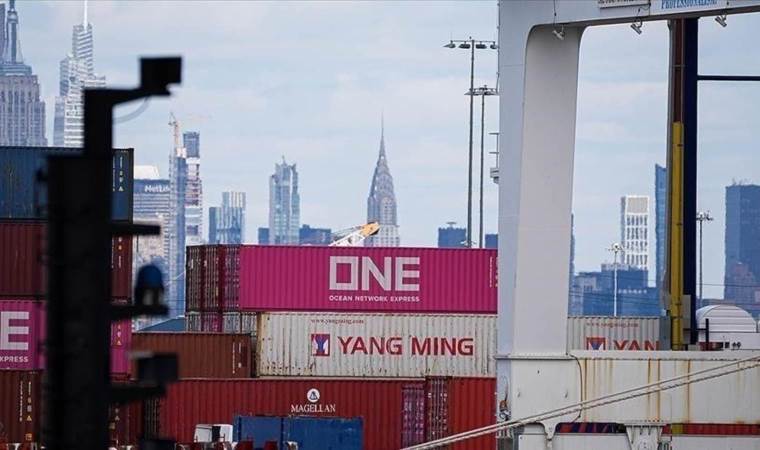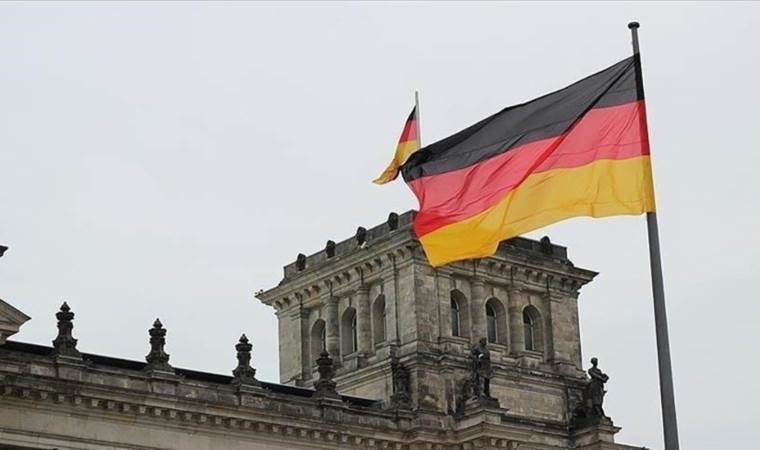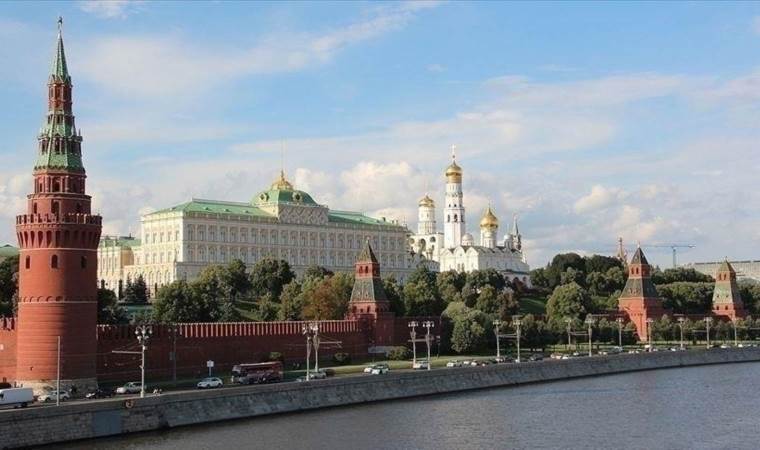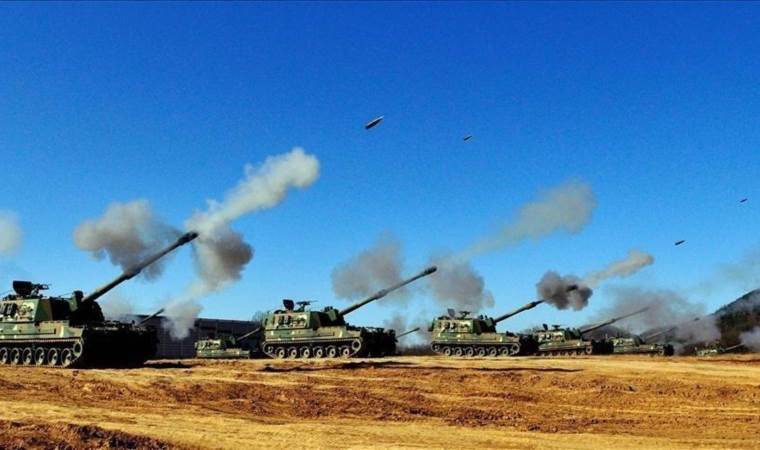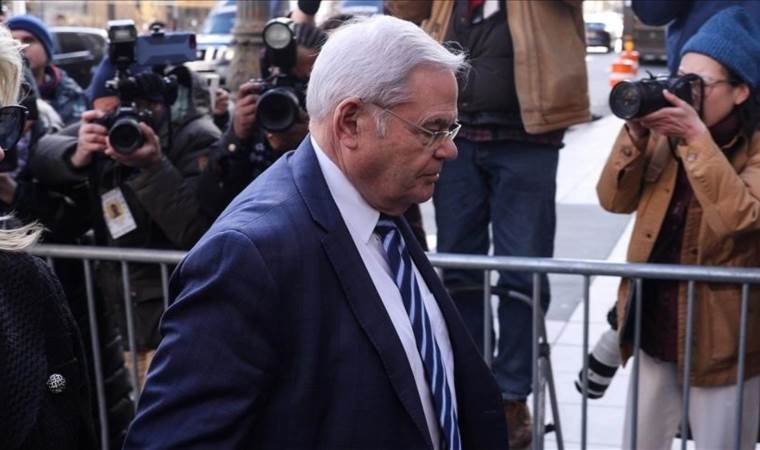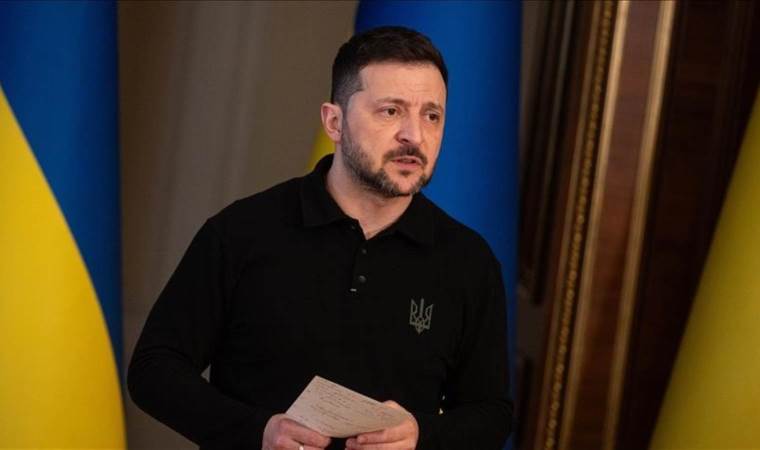A Major Setback for the US: Analyzing the 5 Key Factors Behind the Unsuccessful Ukraine Offensive
According to a US intelligence report, Ukraine's major offensive launched in early summer is unlikely to achieve its goals. So, where did Ukraine go wrong?
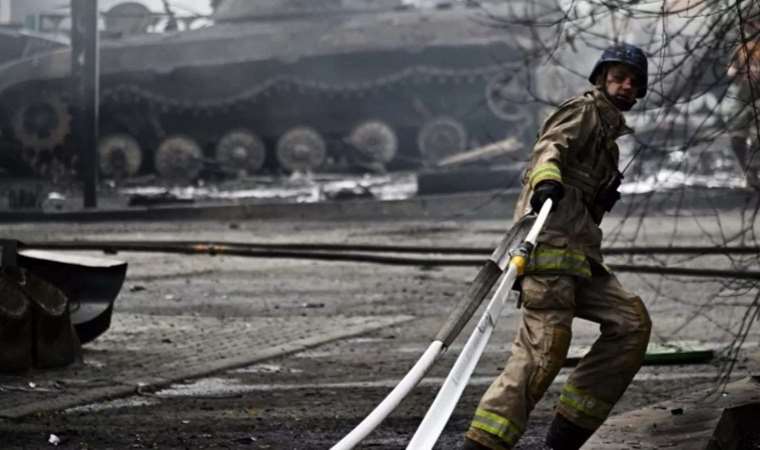
The major offensive launched by the Ukrainian army in June failed to achieve the desired results. After three months of intense fighting, Ukrainians only made it to the first line of defensive fortifications built by the Russians last week. During this time, the Ukrainian army suffered significant losses among its NATO-trained troops. With the approach of the fall and 'mud season', which will limit offensive actions, US officials have expressed their disappointment. So, what went wrong in the offensive? What do the events of this summer tell us about the course of the war?
AIRPOWER
The troops preparing for the offensive were trained in NATO equipment and doctrine. That meant they needed to move away from the Soviet approach, which relied on artillery fire and large numbers of armoured vehicles. However, Ukraine lacked air superiority, a crucial aspect of NATO doctrine. In the invasion of Iraq, the United States demonstrated the power of its air force and effortlessly toppled the Iraqi regime. Ukraine did not possess this advantage. Half of its aircraft were destroyed within the first weeks of the conflict. The F-16 training, which was initially announced, has yet to commence. If approved, it might take 1.5 years to prepare the pilots. Ukraine identified 32 suitable candidates for pilot training, but only eight possess the necessary English language skills, according to US authorities. That is why the US prefers F-16s from European nations but remains hesitant to support Ukraine with its own. Consequently, Ukraine initiated the offensive without air support, attempting to employ NATO strategies without one of NATO's key strengths. However, Mark Milley, Chairman of the US Joint Chiefs of Staff, holds a different view. Ukraine's problem isn't the lack of air power, it's the presence of mines," Milley contends.
MINES, ARTILLERY, AND FORTIFICATIONS
Mines are among the least ‘shiny’ yet most terrifying elements on the battlefield. Western sources estimate that between 20,000 and 50,000 Ukrainian soldiers have suffered limb loss, a comparison to World War I figures. Both anti-personnel and anti-tank mines have resulted in severe casualties. The Russians' artillery, despite being outnumbered ten to one, combined with the fortifications they constructed over months, established an impenetrable defensive line. These fortifications encompass expansive minefields, ditches inhabited by anti-tank troops, "'dragon's teeth' structures designed to slow down armoured vehicles, and various forms of barbed wire. To clear these obstacles, Western nations donated 'demining' armoured vehicles. However, half of these vehicles were destroyed during the first week of the offensive. The troops who are responsible for dismantling these defences suffered heavy casualties due to artillery shelling as they approached the battlefield.
SUPPLIES
The quantity of hardware provided to Ukraine posed a significant and insurmountable challenge. Relying on their substantial inventories, the Russians have engaged Ukraine in a war of attrition. Although NATO supports Ukraine, it is not prepared for this type of prolonged conflict. It cannot simply provide millions of artillery shells or armoured vehicles as Russia can. Consequently, it cannot ensure a consistent supply of ammunition for a war of attrition that spans months. If Ukraine had received 1,500 Leopards instead of the approximately 120, Ukrainian commanders would have navigated the offensive with more confidence.
UKRAINE'S URGENCY
The main concern of President Zelensky revolves around the 2024 US elections. The possibility of Trump, who pledged to 'end the war in a day,' leading the polls unsettles Ukraine. If Trump were to return to power, Ukraine might find itself compelled to negotiate under unfavourable conditions. As a result, Ukraine aims to reclaim as much territory as possible before November 2024. This imperative underscores the significance of the summer period. If Ukraine had succeeded in capturing Tokmak, the central fortification hub, and then Melitopol, it would have bolstered its position when soliciting Western support down the line. Additionally, it could have posed a significant threat to Crimea.
WARFARE APPROACH
Lastly, it's worth noting Ukraine's approach to combat. The brigades primed for the offensive were newly formed, and few soldiers had encountered combat before this offensive. The experienced soldiers who had been in the fray since the war's outset were mainly part of the Azov brigade and the Aydar battalion. These neo-Nazi militia structures, operational since 2014, were stationed around Bahmut, far from the intended offensive zone. While the fresh forces struggled to adapt to NATO training, these experienced soldiers made headway in Bahmut using their limited resources. That raises the question of Ukraine's proficiency with its newer doctrines. The NATO doctrines, unfamiliar and inadequately supported, have so far yielded little success. Although more successful, the Soviet-style warfare they are accustomed to also demands a significant amount of ammunition, an infrastructure neither Ukraine nor the West possesses. Consequently, Ukraine must continue to defend its territory with a mixed mindset. Nonetheless, US officials have begun to develop a new offensive plan for next spring. Whether alternative strategies will be explored or diplomacy will take precedence remains to be seen.
Most Read News
-
 China integrates AI into undergraduate studies
China integrates AI into undergraduate studies
-
 South Korea, US to hold trade talks this week
South Korea, US to hold trade talks this week
-
 Germany cuts economic growth forecast to stagnation for
Germany cuts economic growth forecast to stagnation for
-
 6.3 magnitude earthquake strikes off Indonesia’s Talaud
6.3 magnitude earthquake strikes off Indonesia’s Talaud
-
 Kremlin says Putin open to talks on civilian strikes mor
Kremlin says Putin open to talks on civilian strikes mor
-
 South Korean military holds live-fire drills near inter-
South Korean military holds live-fire drills near inter-
-
 Wife of former US Senator Menendez found guilty in bribe
Wife of former US Senator Menendez found guilty in bribe
-
 Harvard University sues Trump administration over fundin
Harvard University sues Trump administration over fundin
-
 Zelenskyy demands Russian clarity over strikes on civili
Zelenskyy demands Russian clarity over strikes on civili
-
 Pope Francis' funeral to take place on April 26, Vatican
Pope Francis' funeral to take place on April 26, Vatican

